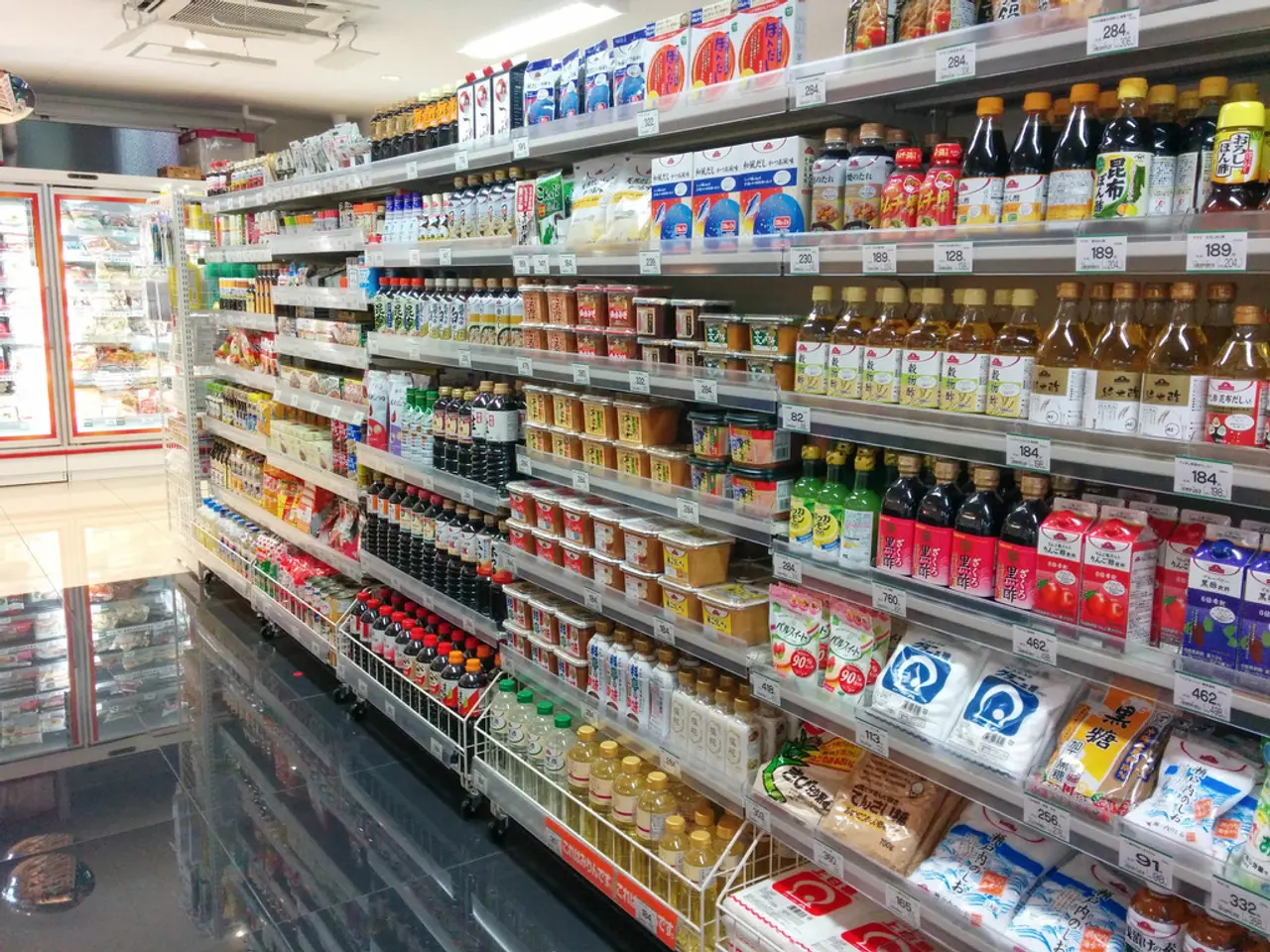Trump significantly escalates tariffs on steel and aluminum imports, hiking rates from 25% to 50%
President Donald Trump's decision to increase import tariffs on steel and aluminum from 25% to 50% in June 2025, except for some UK exemptions, has significant implications for national security, trade relations, and various industries.
National Security
The tariffs, justified under Section 232 of the Trade Expansion Act of 1962, aim to protect and boost the U.S. steel and aluminum sectors, deemed critical for defense and infrastructure. The increased tariffs are intended to ensure domestic availability and reduce dependence on foreign suppliers for these strategic materials.
Trade Relations
The heightened tariffs have intensified trade tensions globally. While the UK received exceptions, other U.S. trading partners face higher tariffs, prompting concerns about retaliatory measures and disruptions to trade flows. This tariff escalation has expanded the list of products affected and applied duties on steel content in additional manufactured goods, potentially straining relationships with key partners.
Industry Impacts
- Steel and Aluminum Producers: The increased tariffs have led to modest job growth and increased domestic production in these sectors, shielding them from cheaper imports.
- Manufacturing and Downstream Industries: Industries relying on steel and aluminum inputs face higher input costs, leading to reduced production capacity and potential layoffs or hiring freezes. For example, the automotive sector could see output drop by as much as 30%, resulting in the loss of about 20,000 vehicles daily.
- Energy Sector: The higher costs of steel and aluminum affect pipelines, renewable energy projects, and electricity infrastructure, increasing overall sector expenses and potentially delaying or scaling back investments.
- Consumers and Inflation: Increased tariffs act as taxes on imports, raising prices on goods from appliances to clothing. This has disproportionately impacted lower-income households, contributing to a 1.8% rise in the overall price level and an average household income loss of about $2,400 in 2025 dollars.
- Economic Growth: Estimates suggest that tariffs reduce GDP growth by about 0.6% in 2025, with longer-term economic losses projected at $80–110 billion annually, partly due to reduced investment and lower output in affected sectors.
In summary, the doubling of steel and aluminum tariffs seeks to strengthen national security by fostering domestic production but comes at significant costs. It strains trade relations through expanded tariffs and exceptions, leading to uncertainty and possible retaliation. Industries dependent on steel and aluminum face higher costs and production challenges, while consumers experience inflation and reduced purchasing power. These effects suggest trade-offs between short-term industry protection and broader economic and diplomatic costs as tariffs remain elevated.
During the same speech, President Trump also approved the sale of a U.S. company to Japan's Nippon Steel and announced the aluminum tariff increase on his social media. Moreover, the reprieve granted by President Trump allows for negotiations with more than 75 countries.
Policy-and-Legislation
The move to hike steel and aluminum tariffs from 25% to 50% in 2025, as announced by President Trump, requires legislative approval as it complicates general trade policy.
Politics
The approval of the sale of a U.S. company to Japan's Nippon Steel, despite increased tariffs on Japanese steel imports, raises questions about the Trump administration's inconsistent stance on trade matters.
Finance
The heightened aluminum tariffs, combined with the recent annoucement on social media, may create unpredictability in the financial market, as investors struggle to gauge the administration's long-term trade strategy.




